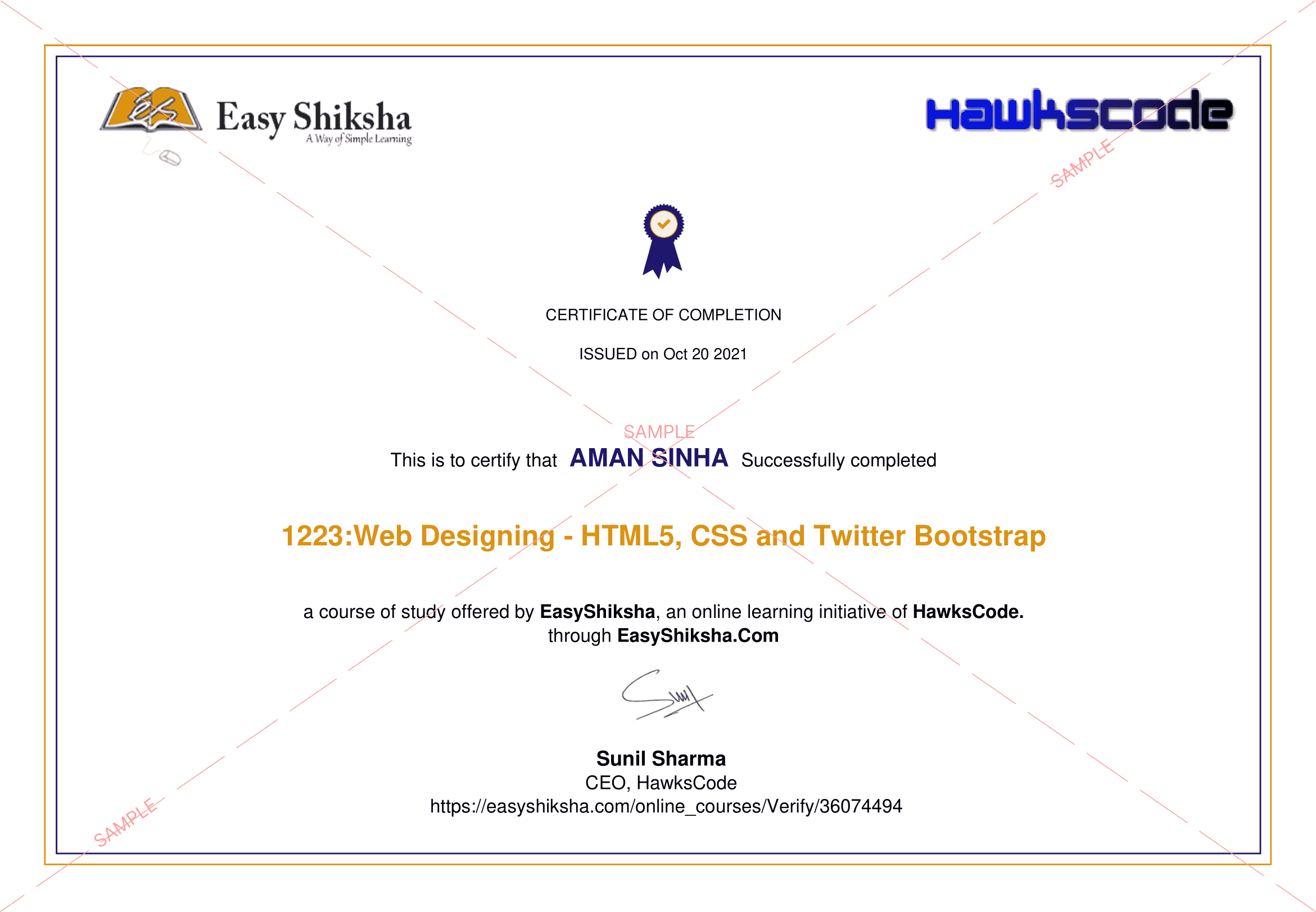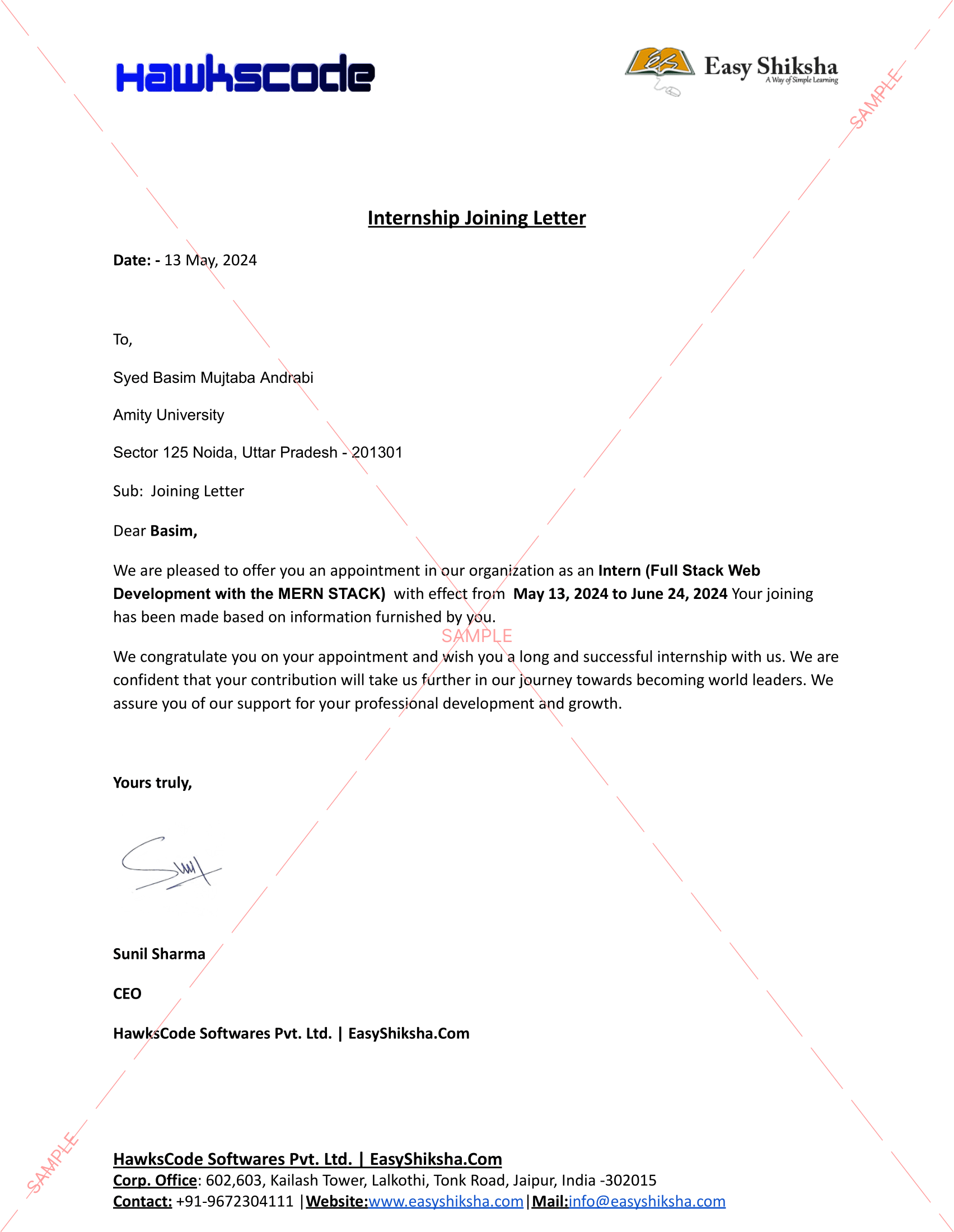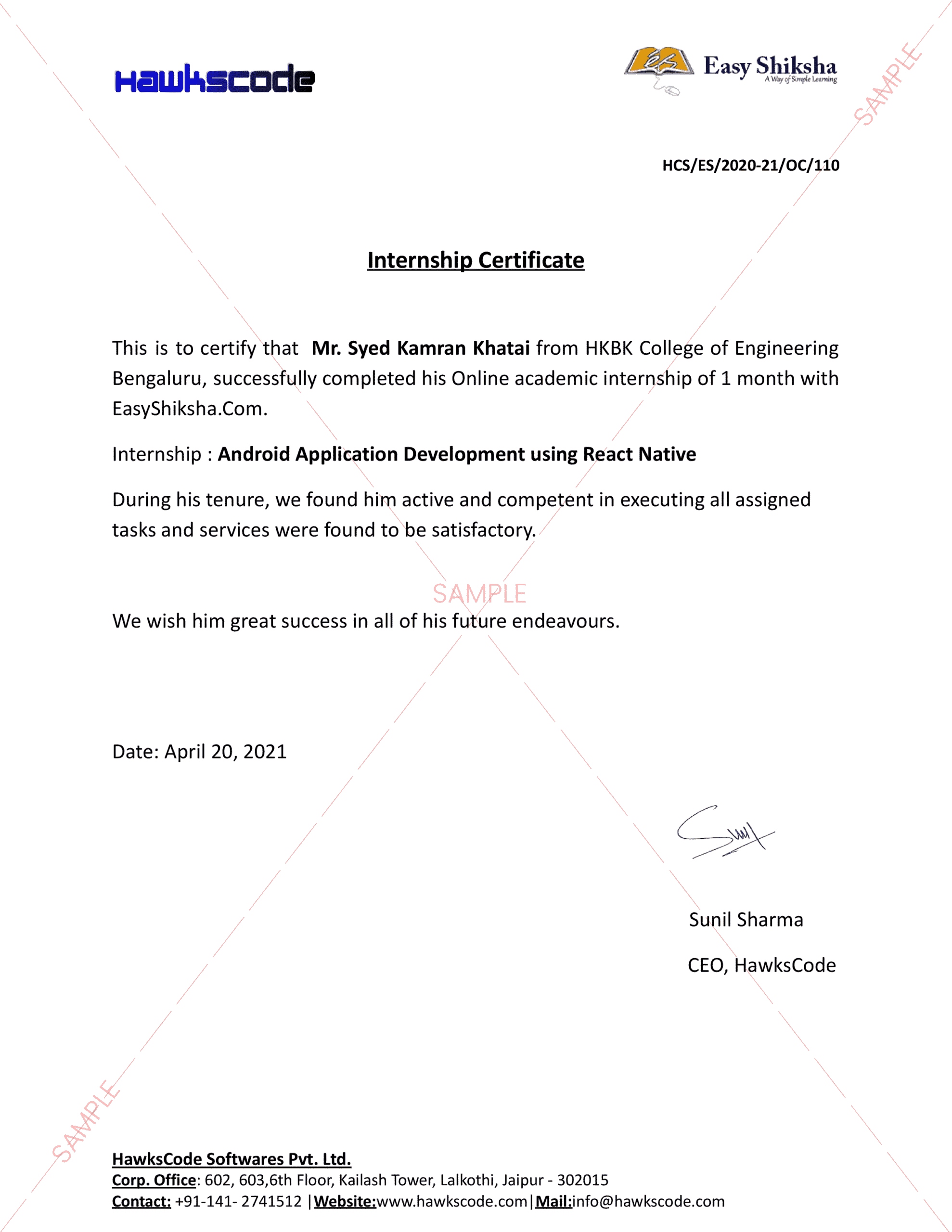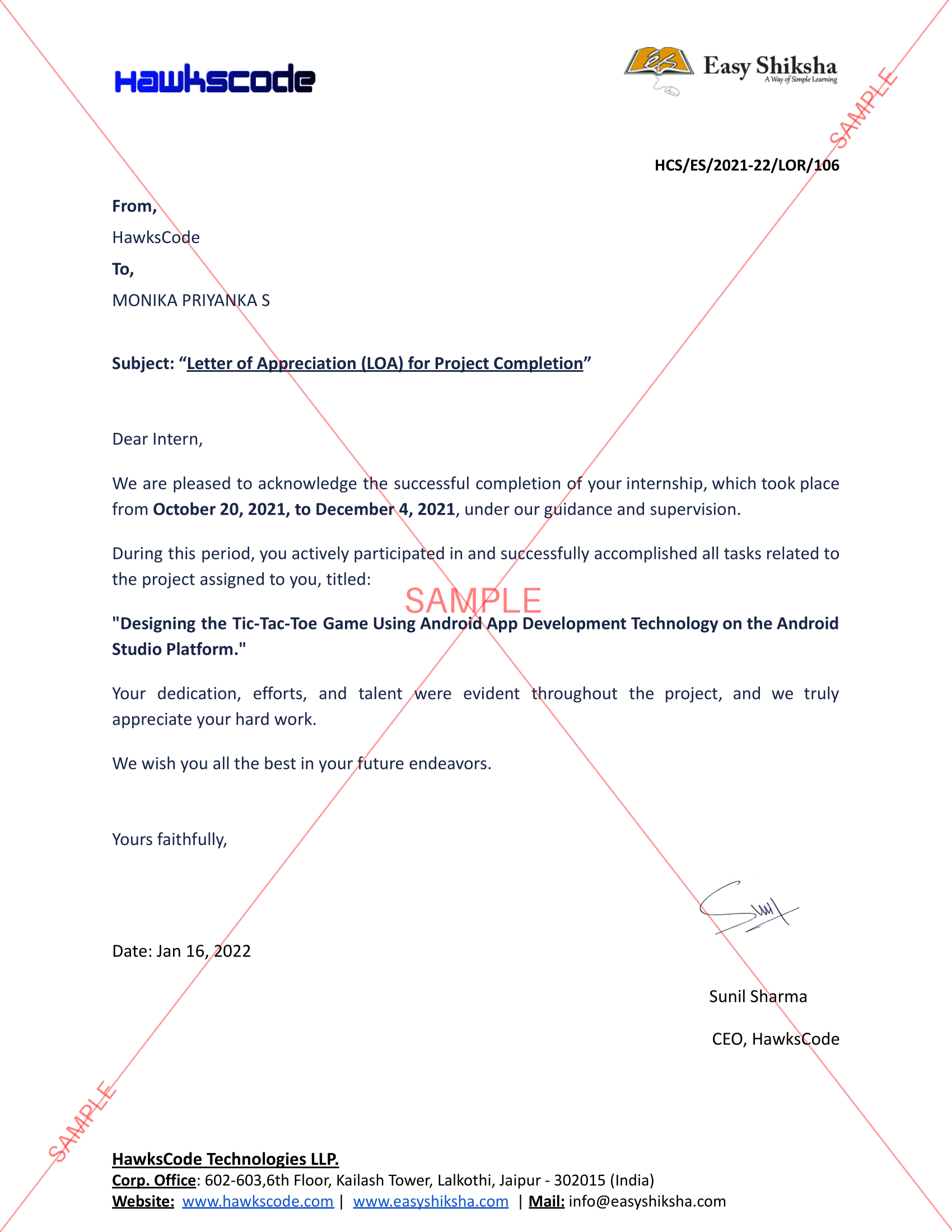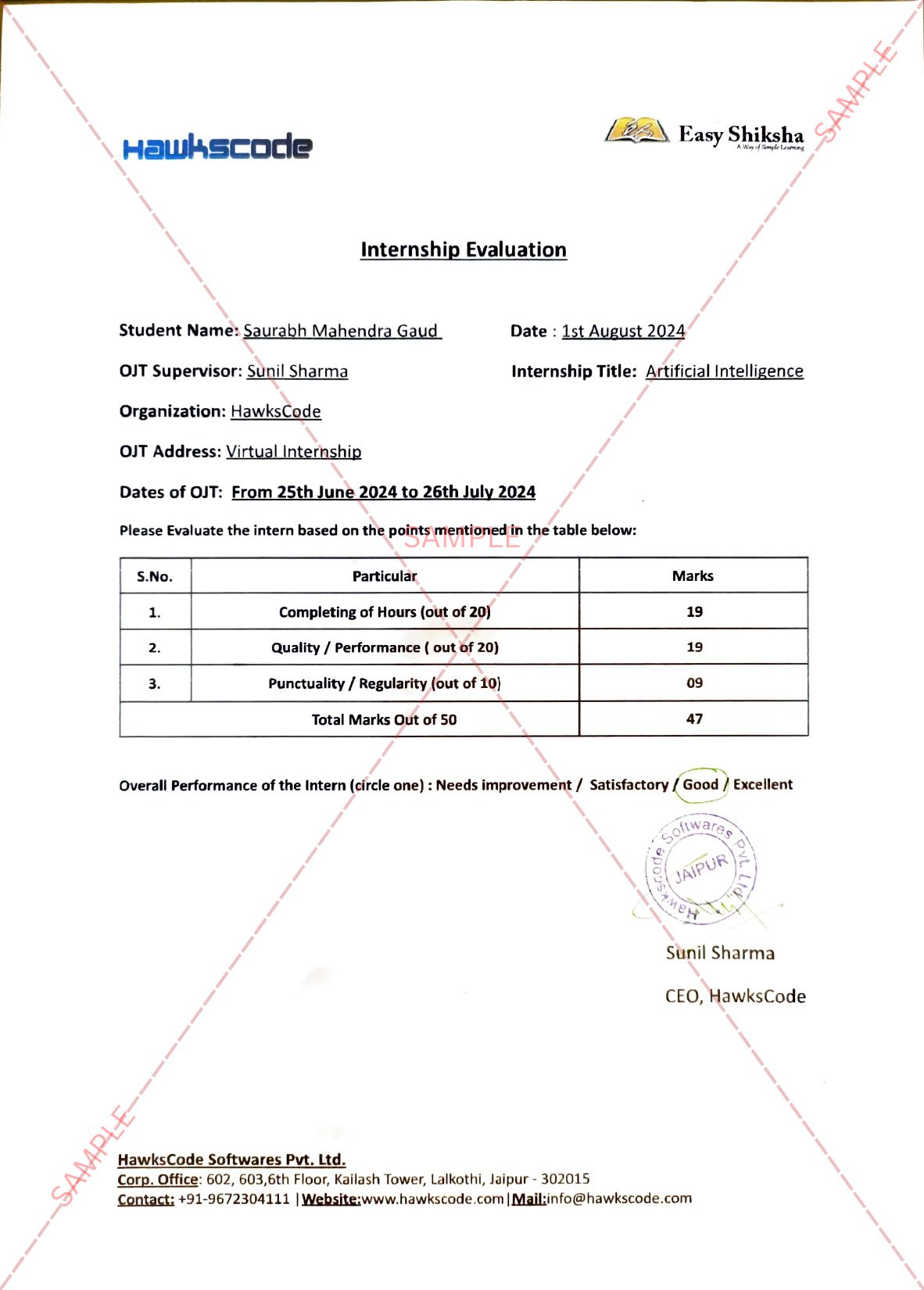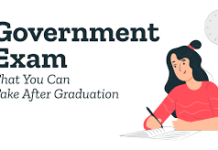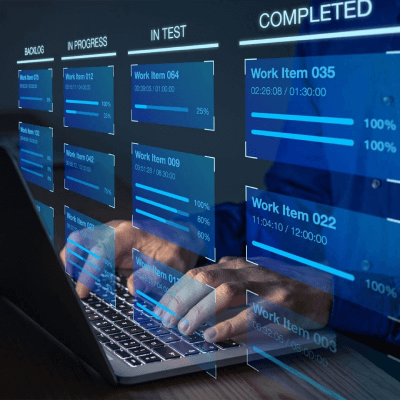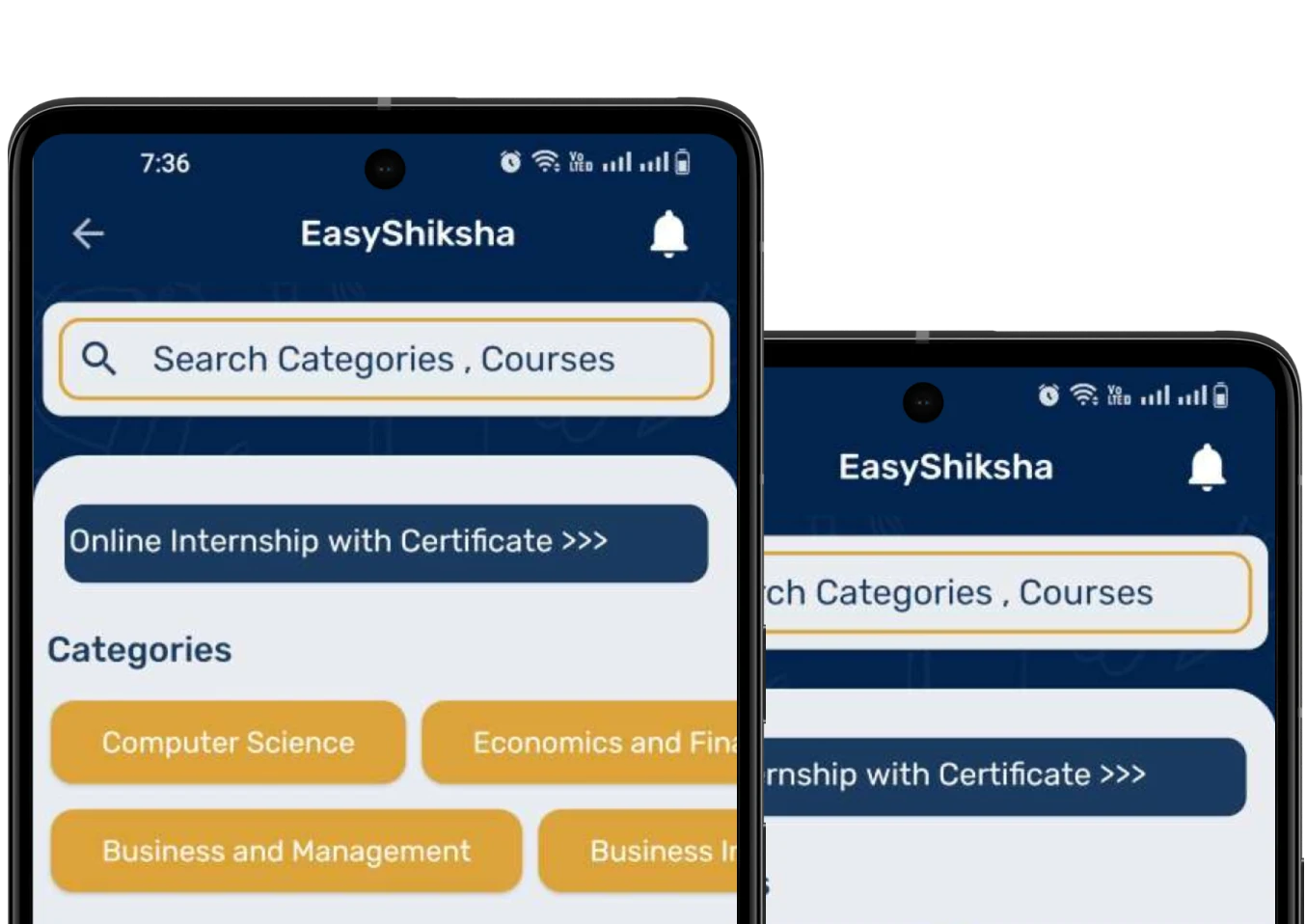Australian classrooms are recording high levels of carbon dioxide and other pollutants, says Built Environment Professor Mat Santamouris
Australian classrooms are registering up to four times the recommended amount of carbon dioxide, a UNSW Built Environment study has found.
Carbon dioxide levels of up to 4000ppm were recorded in a classroom, four times the recommended 1000ppm threshold for students. “Under these conditions, both the teacher and the students are sleepy and tired and their learning capacity is reduced tremendously,” Scientia Professor Mat Santamouris, the Anita Lawrence Chair in High Performance Architecture said.

Important Announcement – EasyShiksha has now started Online Internship Program “Ab India Sikhega Ghar Se”
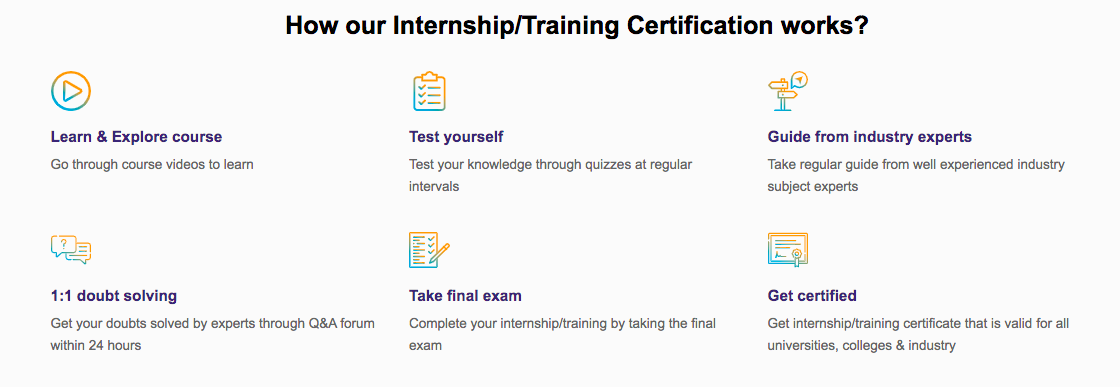
Top Courses in Virtual Reality
More Courses With Certification
The study found there are great learning and health benefits from installing advanced and hybrid ventilation systems to remove the pollutants from Australian classrooms. The system is a standard used in many schools in Europe. “There are high level of pollutants in classrooms due to the number of people inside classrooms, who breathe out carbon dioxide and bring in biological contaminants,” he said. Solvents from white board markers and particulates such as dust also contribute to classroom pollution. Schools are not always clean, they have a lot of dust. Worse, students enter with their dirty shoes and they step over everything that results in high indoor concentration of dust. The other problem is biological contamination and if you don’t have proper ventilation, the microbes stay in the environment. So once one child is sick, everyone is sick.
Professor Santamouris says the level of pollutants inside a classroom continue to increase if the windows and doors are closed for air-conditioning or bad weather. If you close the door because it is a hot day and you want to turn the air-conditioning on without ventilation, or it is raining outside, or if the building is next to a main road, then the level of pollutants inside the room continue to go up. There needed to be very high ventilation in schools, close to 7 litres per second per pupil”, in order to have good indoor air quality and to avoid the problem of biological contamination. “This is an international standard that applies all over the world and is an Australian law, but unfortunately, this is not the case in our schools, because most schools rely on natural ventilation, so they open windows,” he said.
Top Courses in Software Engineering
If you have fine weather, this is ok. But this is not ok if you live next to a busy road or, in about a third of the time, the weather is bad and you need to close the windows and doors. During the study, a team from UNSW’s Cooperative Research Centre for Low Carbon Living installed a hybrid ventilation system at a school in Sydney. The hybrid system is a passive but highly efficient ventilation system which is run by a computer.
A small device called a ‘HealthBox 3 by Renson’ measures the indoor air quality in the classroom. Once the classroom exceeds the recommended classroom threshold of 850ppm, the HealthBox 3 flushes the contaminated air and window ventilators supply fresh air to the room.
This is a system that has a lot of advantages. It provides ventilation, which is the number one requirement in schools because it relates to health and learning capacity. There are also no running costs. He said ventilation was much more beneficial than air conditioning in schools. “Air-conditioning in schools is a disaster, especially with split systems, as they do not provide ventilation,” he said. “If you don’t have ventilation, it will result in terrible indoor pollution and high biological contamination. Air-conditioning without ventilation for schools is the worst possible solution you can imagine.” The professor recommends schools keep cool by installing passive cooling techniques such as shading, insulation, double glazed windows and cool roofs.
Top Courses in Networking
Empower your team. Lead the industry
Get a subscription to a library of online courses and digital learning tools for your organization with EasyShiksha
Request NowQ. Are EasyShiksha's internships truly free?
Yes, all internships offered by EasyShiksha are completely free of charge.
Q. How can I apply for an internship with EasyShiksha?
You can apply by visiting our website, browsing available internships, and following the application instructions provided.
Q. What types of internships are available through EasyShiksha?
EasyShiksha offers a wide range of internships across technology, business, marketing, healthcare, and more. Opportunities are continuously updated.
Q. Will I receive a certificate upon completing an internship?
Yes, upon successful completion, you will receive a certificate recognizing your participation and achievements.
Q. Are EasyShiksha's internship certificates recognized by universities and employers?
Yes, the certificates are recognized by universities, colleges, and employers worldwide.
Q. Is the download of certificates free or paid?
Access to internships and courses is free, but there is a small fee to download certificates, covering administrative costs.
Q. When can I start the course?
You can choose any course and start immediately without delay.
Q. What are the course and session timings?
These are fully online courses. You can learn at any time and pace. We recommend following a routine, but it depends on your schedule.
Q. What will happen when my course is over?
After completion, you will have lifetime access to the course for future reference.
Q. Can I download the notes and study material?
Yes, you can access and download course materials and have lifetime access for future reference.
Q. What software/tools would be needed for the course?
All necessary software/tools will be shared during the training as needed.
Q. I’m unable to make a payment. What should I do?
Try using a different card or account. If the problem persists, email us at info@easyshiksha.com.
Q. Do I get the certificate in hard copy?
No, only a soft copy is provided, which can be downloaded and printed if required.
Q. The payment got deducted but shows “failed”. What to do?
Technical errors may cause this. The deducted amount will be returned to your account in 7-10 working days.
Q. Payment was successful but dashboard shows ‘Buy Now’?
Sometimes payment reflection is delayed. If it takes longer than 30 minutes, email info@easyshiksha.com with the payment screenshot.
Q. What is the refund policy?
If you face technical issues, you can request a refund. No refunds are issued once the certificate has been generated.
Q. Can I enroll in a single course?
Yes, select the course of interest, fill in the details, make payment, and start learning. You will also earn a certificate.
Q. My questions are not listed above. I need further help.
Contact us at info@easyshiksha.com for further assistance.
ALSO READ: engineer-ai-partners-with-techjockey-com
Get Course: Microsoft-Excel2007-Tutorial-for-Beginners
